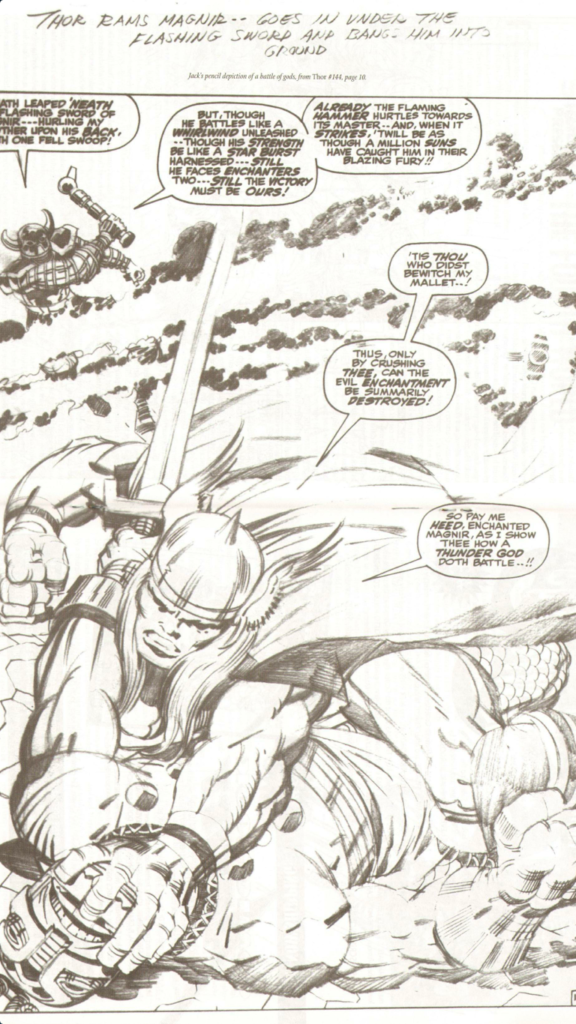Artistic Anatomy – Kirby, Steranko and the Laws of Action
For much of the 20th century, particularly in the dark days of the 60’s and 70’s, comic books were where much of the figurative tradition lived. Comic books are a great way to start of a series of posts on artistic anatomy considering that the simplification and distortion of anatomy is key to the art form.
The greatest comic artist of all time, Jack Kirby, is a example of an artist using artistic anatomy,
Scott McCloud and Understanding Comics in Lethbridge
This past Thursday, Friday and Saturday I was in Alberta’s windy city, Lethbridge, taking a workshop with comic artist and theorist, Scott McCloud. His 2005 Tedtalk is one of the best:
As you can see from his talk, he is a fine orator. His teaching skills are equally excellent. The workshop was a combination of exercises and lectures.
During the first day lecture, Scott defined comics as a series of choices:
1. Choice of moment
2. Choice of frame
3. Choice of image
4. Choice of word
5. Choice of flow
There were two in-class exercises structured around how these choices could create clarity and/or intensity. Students were given various non-sensical situations that had to be translated into images. Mine, for example, involved an astronaut walking into a petting zoo, picking up a goat and throwing it at the moon. After the goat bounces off the moon enter Einstein on a camel who proceeds to shake the hand of the astronaut.
The larger project for that day was a 16 panel comic describing our life:
Resurrection of a Painting
Below it is presented in situ at San Filipo Neri church in Florence, Italy.





















